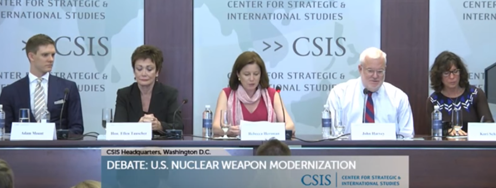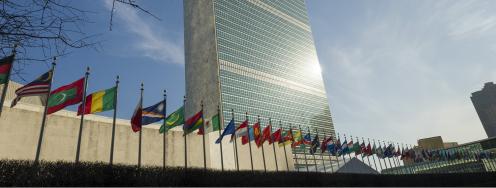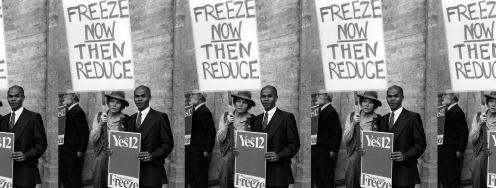Lessons from Fukushima
Anniversaries have a way of generating reflection and re-assessment, and that is a good thing. But next week’s anniversary of the Fukushima catastrophe risks missing a huge piece of the story – that ALL things nuclear are inherently risky and that our assumptions about how we can control them need to be rethought.
As we approach the one year mark of this event we are already seeing many stories about the lives that were affected – and still are. There is a hunger for assessments of the damage and ongoing risks to human health and the environment. There are many questions about the extent of the damage and how it will be cleaned up.
The event also caused significant aftershocks through the world of nuclear energy. The public, industry, elected officials, and investors are re-visiting their own thoughts and beliefs about the safety of nuclear energy. Can we build nuclear energy plants that are truly safe?
All of this reflection and assessment is important and only natural. But it misses an immense piece of the picture. Like generals who always fight the last battle, the focus on Fukushima is only waging half of the issues we need to address. There is another dimension to nuclear power – the terrible specter of nuclear weapons.
Today the on the planet there exist roughly 20,000 nuclear weapons. To be sure, not all are poised atop missiles or in bomber bays. But there are that many that could conceivably be detonated on short order. The good news is that the number is continuing to drop. Recent arms control agreements and possible independent changes in nuclear force postures support reducing the numbers of operational weapons. But even with an enhanced pace of reductions we are still talking about thousands – that’s thousands – of bombs; each one of which can flatten a modern city.
While governments and concerned citizens work to move the slow machinery of arms reductions and disarmament, we have to remember that the actual bombs themselves will continue to pose dire threats. Plutonium pits, intact bombs stored in bunkers, even components that don’t run the risk of blowing up still contain radioactivity – all are subject to accidents and unforeseen events. We must incorporate a more holistic approach to our arms control and disarmament efforts. We must address the final disposition of the bombs themselves, not just the missiles, aircraft and subs that carry them. Not one of the many positive treaties and agreements throughout the nuclear age has actually called for warheads themselves to be destroyed. Let me say that again – whether SALT from the 1970s or New START, never have these pacts addressed the disposition of the actual bombs and their nuclear materials.
Nuclear energy was meant to be contained. Nuclear weapons were designed to explode. It is past time to ensure that the lessons of Fukushima are not lost on the nuclear weapons half of the battle.




